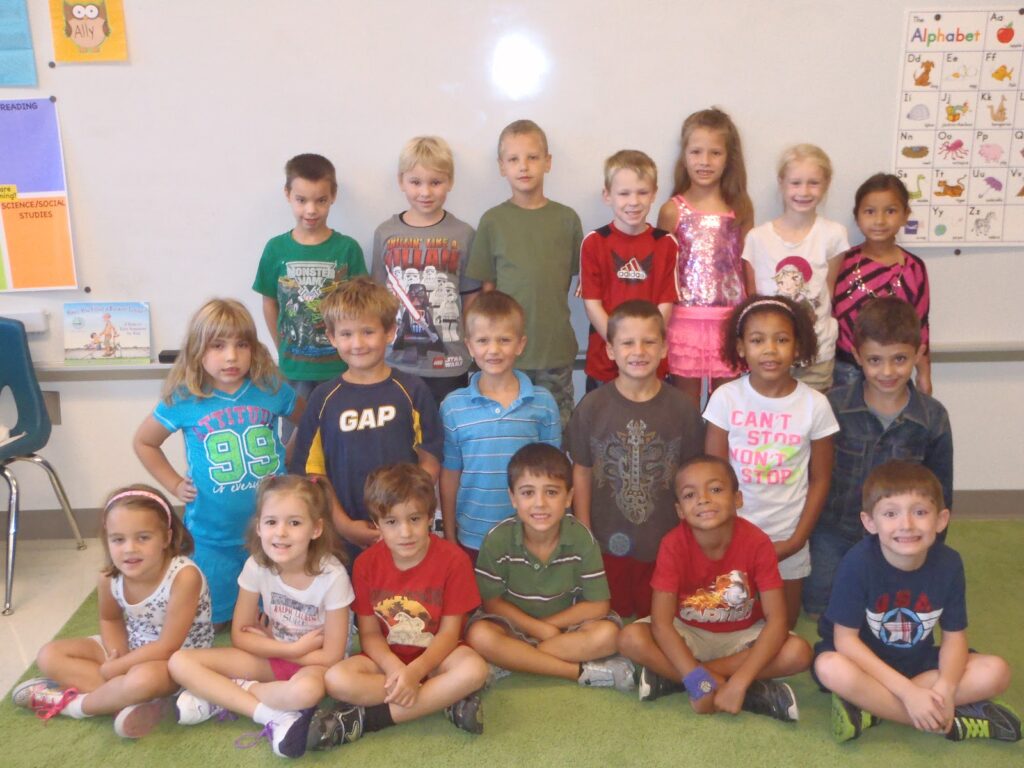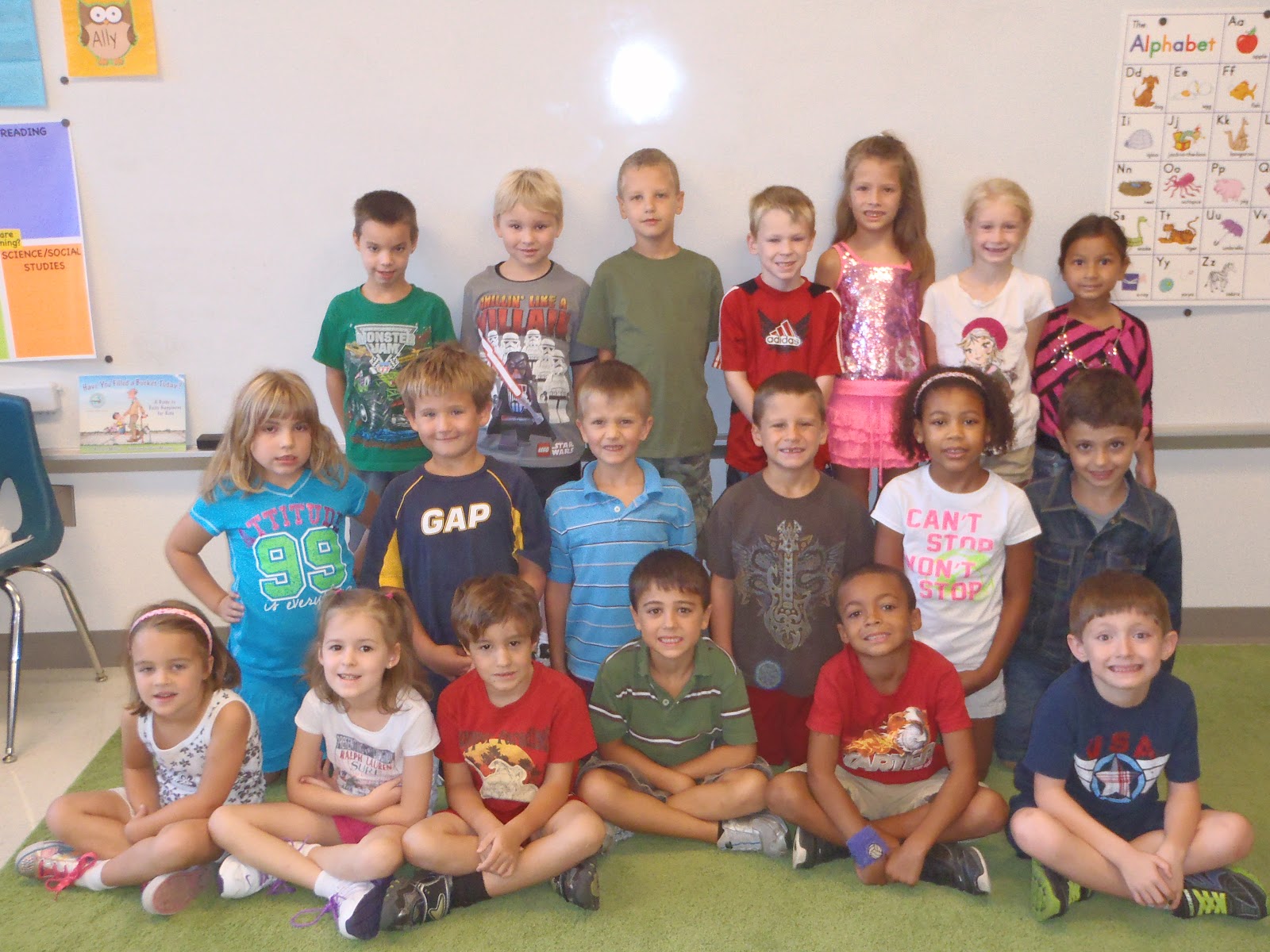
How Old Is First Graders? Understanding the Age Range and Developmental Milestones
Determining the appropriate age for children entering first grade is crucial for parents and educators alike. Understanding the typical age range and the developmental milestones associated with this stage can help ensure children are adequately prepared for the academic and social challenges ahead. So, how old is first graders, exactly? Let’s delve into the details.
Typical Age Range for First Graders
Generally, children enter first grade when they are around 6 or 7 years old. The specific age cut-off date can vary depending on the school district and state regulations. Most districts have a set date, often in the late summer or early fall, that determines whether a child is eligible to start first grade in a given academic year. For instance, if a school district’s cut-off date is September 1st, a child must be 6 years old on or before that date to enroll in first grade. If their birthday falls on September 2nd or later, they would typically begin kindergarten or remain in a pre-kindergarten program for another year.
It’s important to note that while the age range provides a guideline, individual children develop at their own pace. Some children may be ready for first grade academically and socially at age 5, while others may benefit from an additional year of kindergarten or pre-K even if they are technically old enough. Parents and educators should work together to assess a child’s readiness based on a variety of factors, not just their age.
Factors Influencing First Grade Readiness
Several factors contribute to a child’s readiness for first grade. These include academic skills, social-emotional development, and physical development.
Academic Skills
Academic skills are a key component of first grade readiness. Children entering first grade should ideally have some foundational knowledge in areas such as:
- Literacy: Recognizing letters of the alphabet (both uppercase and lowercase), understanding basic phonics (the relationship between letters and sounds), and being able to identify and write their own name.
- Math: Counting to 20 or higher, recognizing numbers, understanding basic shapes, and being able to sort and classify objects.
- Pre-Writing Skills: Holding a pencil correctly, drawing simple shapes, and attempting to write letters and numbers.
While mastery of all these skills is not necessarily required, having a basic understanding of these concepts can help children transition more smoothly into the first-grade curriculum. The question of “how old is first graders” is thus intricately linked to these developmental markers.
Social-Emotional Development
Social-emotional development is equally important for first grade readiness. Children need to be able to interact positively with their peers and teachers, follow instructions, and manage their emotions effectively. Key social-emotional skills include:
- Self-Regulation: Being able to control impulses, manage frustration, and follow classroom rules.
- Social Skills: Sharing, taking turns, cooperating with others, and resolving conflicts peacefully.
- Emotional Awareness: Recognizing and expressing their own emotions, as well as understanding the emotions of others.
- Independence: Being able to separate from parents or caregivers without excessive anxiety, and being able to complete simple tasks independently.
Children who struggle with social-emotional skills may find it difficult to adjust to the structure and demands of the first-grade classroom. These skills are just as important as academic abilities when considering how old is first graders in terms of holistic development.
Physical Development
Physical development also plays a role in first grade readiness. Children need to have the fine motor skills necessary for writing and manipulating small objects, as well as the gross motor skills needed for participating in physical activities. Important physical skills include:
- Fine Motor Skills: Using scissors, tying shoes, buttoning clothes, and writing with a pencil.
- Gross Motor Skills: Running, jumping, hopping, and throwing a ball.
- Hand-Eye Coordination: Copying shapes and patterns, and catching a ball.
Adequate physical development allows children to participate fully in classroom activities and helps them feel more confident and capable. So, when considering how old is first graders, it is essential to consider these physical capabilities.
Addressing Concerns About First Grade Readiness
Parents who have concerns about their child’s readiness for first grade should communicate with their child’s preschool teacher or pediatrician. These professionals can provide valuable insights and recommendations based on their observations and assessments of the child’s development. If necessary, further evaluations may be conducted to identify any specific areas of concern.
Several options are available for children who may not be quite ready for first grade. These include:
- Transitional Kindergarten: A program designed to bridge the gap between kindergarten and first grade for children who need additional time to develop their academic and social-emotional skills.
- Additional Year of Kindergarten: Repeating kindergarten can provide children with extra time to master foundational skills and build confidence.
- Targeted Interventions: Providing individualized support and interventions to address specific areas of weakness.
The decision of whether to delay a child’s entry into first grade should be made on a case-by-case basis, taking into account the child’s individual needs and circumstances. The goal is to ensure that children enter first grade feeling confident and prepared for success. Considering how old is first graders is only the starting point; individual readiness is the key.
The Importance of Early Childhood Education
Early childhood education plays a vital role in preparing children for first grade. High-quality preschool programs provide children with opportunities to develop the academic, social-emotional, and physical skills they need to succeed in school. These programs often focus on:
- Play-Based Learning: Engaging children in hands-on activities that promote exploration, creativity, and problem-solving.
- Language Development: Exposing children to rich language experiences through storytelling, songs, and conversations.
- Social-Emotional Learning: Teaching children how to manage their emotions, resolve conflicts, and build positive relationships.
- Early Literacy and Math Skills: Introducing children to foundational concepts in literacy and math through age-appropriate activities.
By investing in early childhood education, we can help ensure that all children have the opportunity to enter first grade ready to learn and thrive. Understanding how old is first graders becomes less about age and more about the quality of preparation they receive.
Conclusion
In summary, first graders are typically 6 or 7 years old, but age is just one factor to consider when determining a child’s readiness for first grade. Academic skills, social-emotional development, and physical development all play a crucial role. Parents and educators should work together to assess a child’s individual needs and provide the support necessary for them to succeed. Understanding how old is first graders provides a baseline, but individual readiness determines success. [See also: Preparing Your Child for First Grade] By focusing on holistic development and providing high-quality early childhood education, we can help all children enter first grade with confidence and enthusiasm. The question of how old is first graders is important, but ensuring they are prepared is even more so. Remember to consider all aspects of development when evaluating a child’s readiness. While knowing how old is first graders gives a guideline, it’s the child’s overall development that truly matters. Finally, understanding how old is first graders helps in setting realistic expectations for their academic and social performance, ensuring they receive the right support at the right time. The focus should always be on fostering a positive learning experience regardless of how old is first graders.

